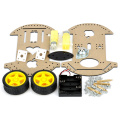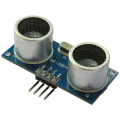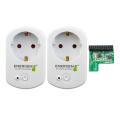Robotics/Sensors/Automation
Robotics boards, sensors and automation
AlphaBot, Mobile robot for Raspberry Pi or Arduino (alphabot robot pi/arduino)
Mobile robot development platform, compatible with Raspberry Pi/Arduino
- 1







